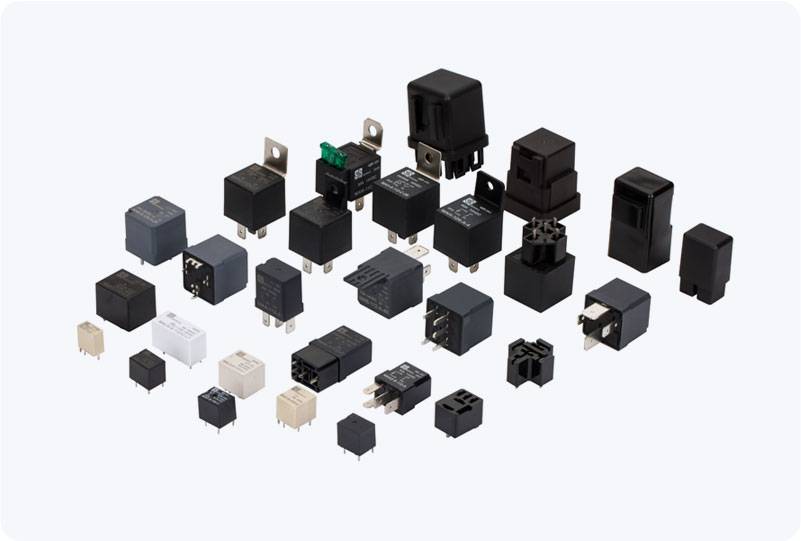understanding low voltage dc relay: principles, applications, and advantages
Release time:2025-06-27 15:07:48
A Low Voltage DC Relay is an essential component in modern electrical systems, designed to control circuits by using a low voltage direct current (DC) as its input. These devices are primarily used in various industrial, automotive, and home automation applications to switch between different electrical circuits safely and efficiently. In this article, we will explore the fundamental principles of a low voltage DC relay, its applications, and its advantages.

What is a Low Voltage DC Relay?
A Low Voltage DC Relay is an electromechanical switch that is operated by a small input voltage, typically ranging from 5V to 24V DC. When current flows through its coil, it generates a magnetic field that actuates a mechanical switch, allowing or interrupting the flow of current in the circuit. This makes it possible for a low-power control circuit to manage high-power devices, without directly exposing sensitive components to dangerous voltages.
How Does a Low Voltage DC Relay Work?
The fundamental working principle of a low voltage DC relay is based on electromagnetism. The relay consists of a coil wound around a magnetic core and one or more switch contacts. When an electrical current flows through the coil, it creates a magnetic field that pulls the switch arm, changing the state of the contacts from open to closed or vice versa. This change in contact state either allows current to flow through the circuit or stops the current flow, thereby controlling the connected load.

